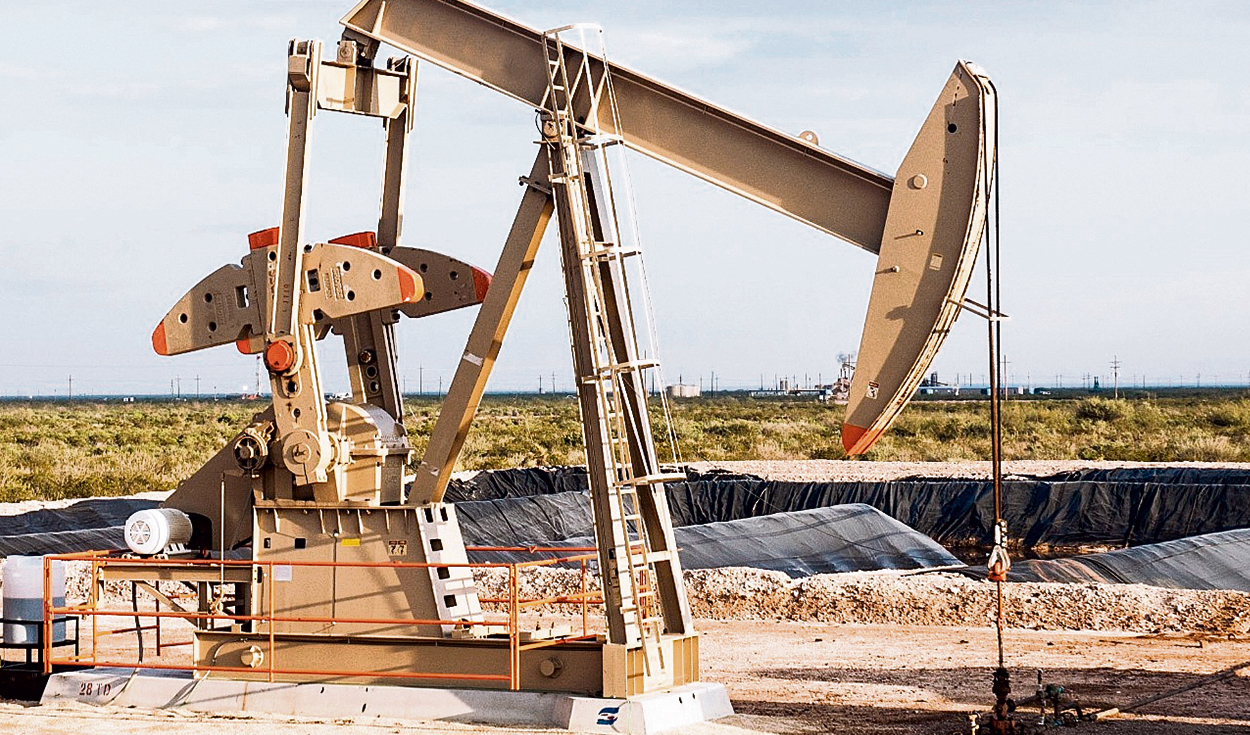
Northwestern Peru has “high expectations” and Talara’s real potential “has not been defined,” said Asaid Bandach, Perupetro’s technical and information resources manager. For this reason, he announced that the agency put blocks V and VII up for bid .
“It has a normal decline curve, but the oil in the area has not been accurately determined. More than 150 years have passed, and Talara continues to produce”, added the geologist by profession in Peru Energía Norte 2023.
Bandach said Perupetro’s board of directors has authorized Talara lots V and VII to go out to tender before the contracts conclude in October this year. In Talara alone, 15,000 oil wells have been drilled, of which 5,000 produce, the Perupetro official said.
“Soon a process will begin to get a company to take charge of lots V and VII. Of those 10,000 that do not produce, we would have to find a way to put them into operation to increase production with wells that have already been drilled, with small investments”, he acknowledged.
He said that when Perupetro delivers a batch, it sometimes does so with 300 million barrels in reserves, but time has passed, and there are still the same amount of reserves, despite some of them being producing fields.
“We still have a lot to do. Drilling a well in the jungle costs between US$120 and US$150 million, and that doesn’t happen in Talara. There is great potential, and I repeat: it has not really been estimated how much oil in place there is in Talara, which is underexplored”, he remarked.
In Perupetro, he admitted, “we have stopped doing intensive promotional activity in the last four years.”
Talara: a basin to explore
According to data from Perupetro, Peru as a whole has produced 2,770 million barrels to date and Talara alone has contributed more than 1,500 million. In this basin, between 1993 and 2022, investment in hydrocarbons has been US$4,963 million and a total of 386 million barrels of oil have been produced in the same period. Regarding natural gas, in Talara 19% is reinjected.
“This gives us a reserve autonomy index of 13 years for oil and 8 years for gas,” Asaid Bandach said.
Dina Boluarte ratifies the entry of Petroperú to the Talara lots
But everything changes when contingent resources are taken into account, those that have been discovered but, for various reasons, cannot be exploited. In this case, Peru would have 551 million more barrels in reserves and another 4.73 TCF would be added to the previous total.
“Then the autonomy index would change to 27 years in the case of oil and 37.8 years in the case of natural gas. Therefore, there is potential,” Bandach said.
Regarding natural gas, Bandach said that Peru has produced 9.4 TCF of gas as of December 2022, and 30% has been extracted from Talara (more than 70% comes from Camisea).
”And we have more than 20 TCF sleeping in the ‘Camisea Corridor’, which are not valued, and which are 50 km from the Interoceanic Highway, but it cannot be valued because, in this case, 94% of Madre de Dios are protected areas,” he said.
Source: Larepublica
Alia is a professional author and journalist, working at 247 news agency. She writes on various topics from economy news to general interest pieces, providing readers with relevant and informative content. With years of experience, she brings a unique perspective and in-depth analysis to her work.











